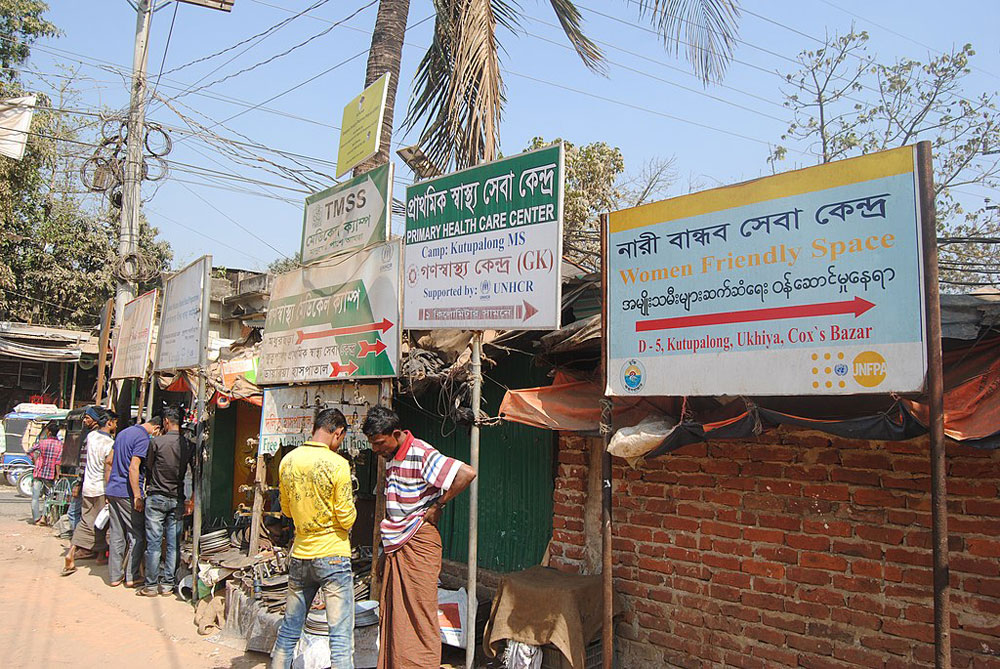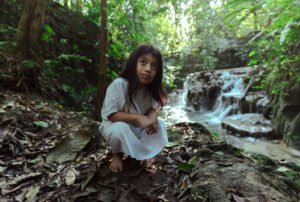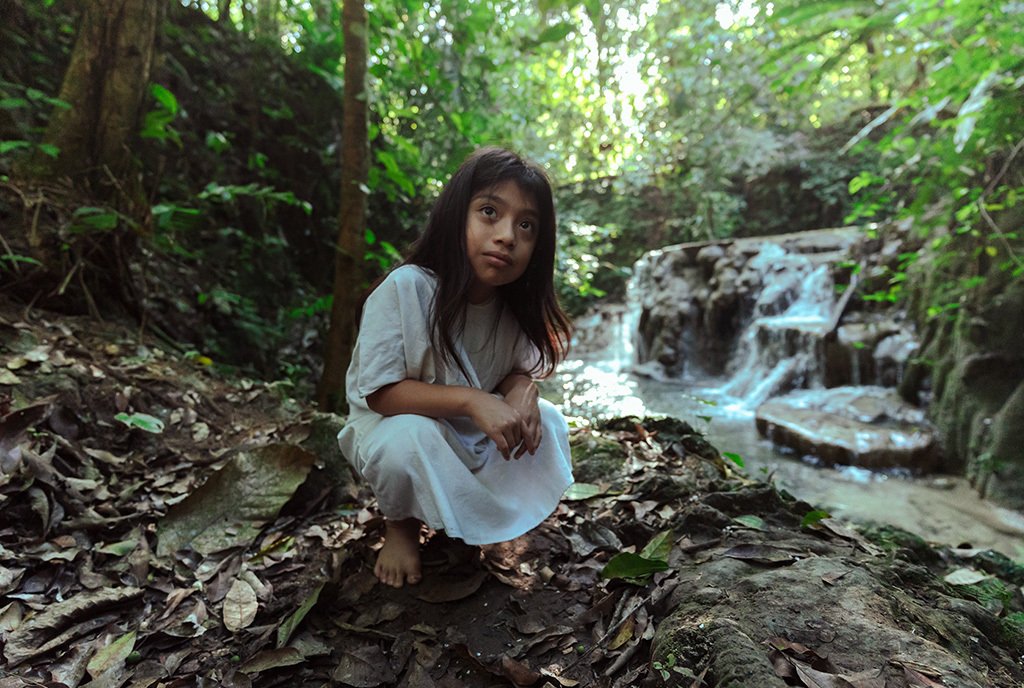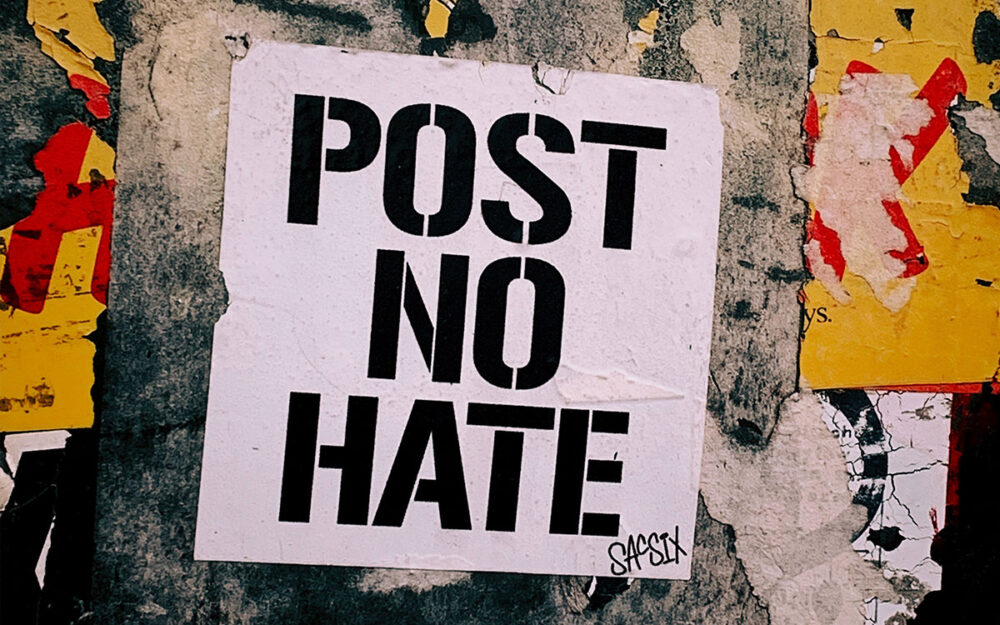
February 5, 2020; Guardian
For over 30 years, hundreds of thousands of Burmese people of Rohingya ethnicity, persecuted in Myanmar, have fled north to the coastal port city of Cox’s Bazar in Bangladesh. This migration greatly accelerated after Myanmar’s military state in 2017 cracked down on Rohingya who remained in the country, prompting a mass exodus, with an estimated 605,000 crossing the border into Bangladesh between August and October 2017 alone, with 559,000 of them settling in camps near Cox’s Bazar.
NPQ has regularly covered the Rohingya’s plight—from their pleas for recognition of the genocide they face to the United Nations’ eventual call to prosecute Myanmar’s leadership for genocide.
Now aid agencies with multimillion-dollar aid budgets to support the Rohingya who are operating outside the city of Cox’s Bazar, Bangladesh, stand accused by the refugees of failing to listen them.
The challenge noted by an unnamed spokesperson at the United Nations High Commission for Refugees is that “the Rohingya refugee population in Cox’s Bazar is more than 850,000 people. This alone presents a challenge in terms of ensuring that all voices are heard.” The spokesperson continues, “Furthermore, to communicate effectively with a very large population requires the utilization of technology. Currently, this presents challenges in Cox’s Bazar due to restrictions on mobile connectivity.”
This statement in the Guardian comes amidst strong accusations that the aid community working in the camps and settlements are simply falling short. Rohingya community members, leaders, and advocates in the settlements and camps contend that the agencies are more focused on external public relations than their work. These accusations are rooted in a belief that actual research into the needs of the refugees is not being done; instead, the programs being implemented are what aid agencies think the Rohingya need.
Sign up for our free newsletters
Subscribe to NPQ's newsletters to have our top stories delivered directly to your inbox.
By signing up, you agree to our privacy policy and terms of use, and to receive messages from NPQ and our partners.
The Rohingya have begun to organize themselves in response. Despite the Bangladeshi government’s internet blackout in the camps and restrictions on movement for refugees, community members and leaders travel outside to access the internet so that they can communicate their unfiltered stories and needs directly.
Self-advocacy has brought some gains, as in late 2019, when the Bangladeshi government lifted a 30-year-old ban on education for children 11–13.
In fact, community-led education networks have been teaching the Myanmar curriculum informally for decades at the camp level, even though these networks have lacked formal permission to work. According to a study conducted in 2019 which mapped them, they have received verbal permission from camp government authorities and operate openly.
These community-led networks have had little to no coordination or contact with humanitarian agencies. Yet when the ban was lifted by the government, the UN, on behalf of the humanitarian aid agencies, were in front of microphones and cameras praising the action.
The irony is that what the Rohingya are calling for is, in fact, widely established as “best practice” in the development field, where conference speakers in the Global North routinely say that local communities and organizations should be centered in all programs, ideas, and projects. This thinking has permeated even major US federal agencies. Most recently, during international development week in Canada, organizations proclaimed the theme of their work to be “global vision, local focus.” However, to do so would require nonprofits and aid agencies alike to stop and actually listen to local partners. Is our sector ready to do that?—Niduk D’Souza













